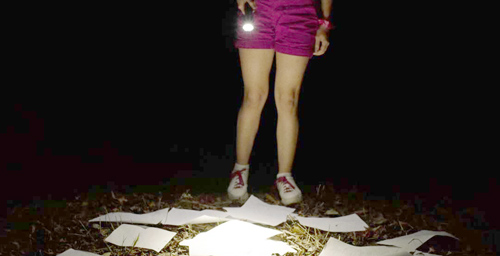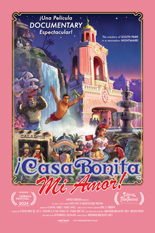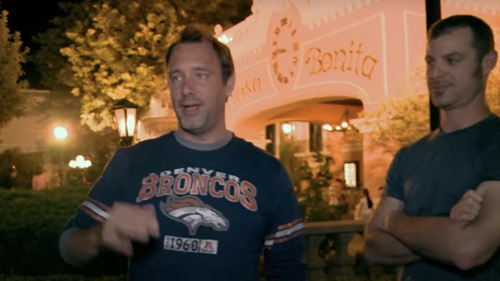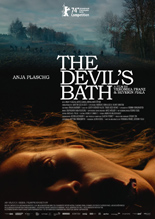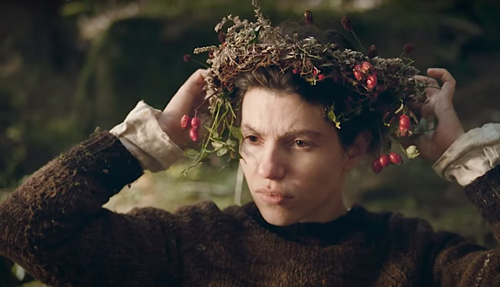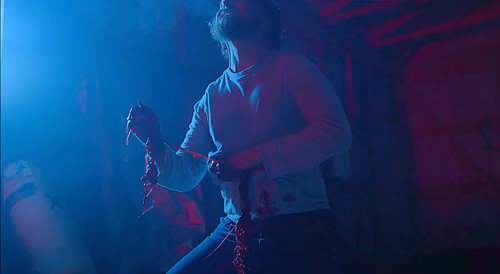
It’s easy to forget Peter Jackson, director of the prestigious Lord of the Rings films, began his career with a trio of splattery, dark, lowbrow comedies, beginning with the aptly named Bad Taste (the other two being Meet the Feebles and Braindead).
His first foray into moviemaking is an impressive feat, considering it was shot on 16mm with virtually no budget and features friends playing all the key roles. Jackson himself pulls double duty as Derek and Robert. This double casting includes a fight scene between the two characters via highly clever editing.
The premise is simple: A shadowy government organization learns of the disappearance of a small town in New Zealand, so they send in “The Boys,” a paramilitary group comprised of Ozzy (Terry Potter), Barry (Pete O’Herne), Frank (Mike Minett) and the aforementioned Derek, to investigate. They discover the town has been invaded by space aliens who plan to use the slaughtered citizens as meat for their intergalactic fast-food chain.
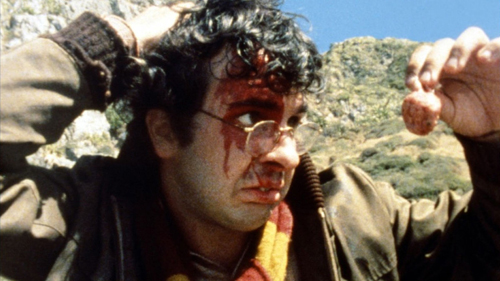
The Boys wage an all-out assault on the aliens, and it’s every bit as action-packed, silly, nasty and gory as one might imagine. There’s also plenty of poop, puke and all-around perversity to boot.
The over-the-top special effects are the true star here, but Jackson’s impressive camera work gives them a run for their money. Reportedly inspired by Sam Raimi’s The Evil Dead, the camera swings and swoops in frenzied motions, coming to rest in oblique angles and odd closeups. It’s the kind of visual grandeur Jackson became known for so many years later, on full display in this gnarly little labor of love.
If fans of the director haven’t yet seen Bad Taste, they would be wise to correct this error in judgment and see how it all began. More broadly speaking, lovers of Raimi, gore and sci-fi/horror comedies should add this one to their watchlists immediately. —Christopher Shultz




